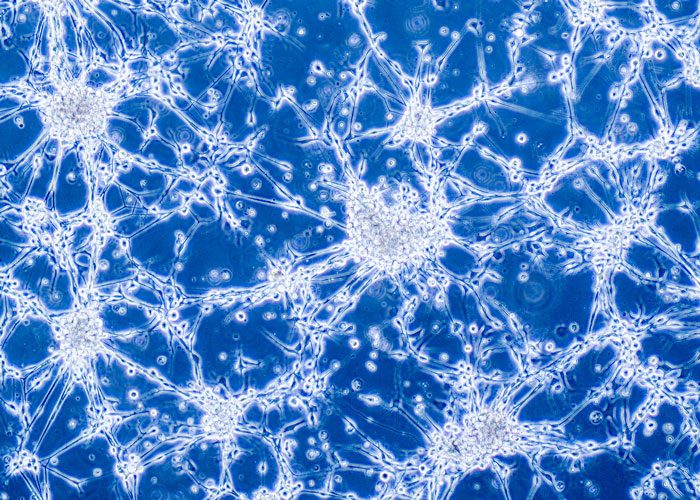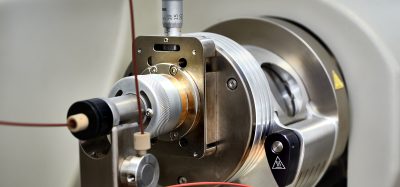Drugs targeting the cells circadian rhythm offers hope for glioblastoma
Posted: 11 January 2018 | Dr Zara Kassam (Drug Target Review) | No comments yet
An experimental drug demonstrated selective cancer-killing ability against breast, colon, leukaemia, brain and melanoma cancer cells with no apparent effects on normal cells…


A study in mice shows how an experimental drug could be a highly targeted treatment for brain cancer. The research establishes a path forward for generating a novel class of drugs that could also be used for a wide range of other cancers.
The researchers show that the drugs effectively starve the cancer cells to death by attacking their ability to sustain the high metabolic demand they need for continuous growth and replication.
The drug molecules, which are able to cross the protective barrier around the brain, reduced the growth of brain tumours and lengthened survival time of mice. Results at this stage are similar to what is expected with the current standard of care for glioblastoma but with no toxicity or side effects.
In laboratory tests, the drugs also demonstrated selective cancer-killing ability against breast, colon, leukaemia, brain and melanoma cancer cells with no apparent effects on normal cells. This data suggests that these drugs are a novel pharmacological tool for targeting cancer cells with high selectivity and low toxicity, against possibly a wide spectrum of tumours.
The researchers, led by Dr Satchindananda Panda at the Salk Institute for Biological Studies in La Jolla, California, found that the drugs work by interfering with the circadian rhythm (the internal “clock”) of cancer cells. The drugs activate a molecular component of the cellular clock, called REV-ERBs, which causes the cells to die.
“We’ve always thought about ways to stop cancer cells from dividing. But once they divide, they also have to grow before they can divide again, and to grow they need all these raw materials that are normally in short supply,” said Dr Panda.
“Targeting REV-ERBs seemed to work in all the types of cancer we tried. That makes sense because irrespective of where or how cancer started, all cancer cells need more nutrients and more recycled materials to build new cells.”
The researchers found that cancer cell death was induced because activating REV-ERBs led to the cells being unable to cope with the high metabolic demand created by their constant drive to grow and divide. They also found that the drugs could kill pre-malignant cells – or cells which are not yet proliferating uncontrollably but act as the seed to kick-start tumour growth – suggesting that treatment could be effective at eradicating those hard-to-treat, dormant cancer cells.
Dr Helen Rippon, Chief Executive of Worldwide Cancer Research, said: “Cancer cells often seem to have a broken internal ‘clock’. Not only does this disrupt the cells’ daily rhythms, but can also turn on molecular circuits that drive tumour growth.”
“Understanding these underlying faults at the root of cancer is essential if we are to develop completely new treatments that are more effective and have fewer side effects. We are delighted that this research is already leading towards new treatments for brain tumours and that early results suggest it could be a fruitful approach for other cancers too.”
The study has been published in the journal Nature.
Related topics
Disease Research, Drug Discovery, Drug Targets, Oncology
Related conditions
Brain cancer, Colon cancer, Leukaemia, Melanoma
Related organisations
Salk Institute for Biological Studies, Worldwide Cancer Research
Related people
Dr Helen Rippon, Dr Satchindananda Panda








